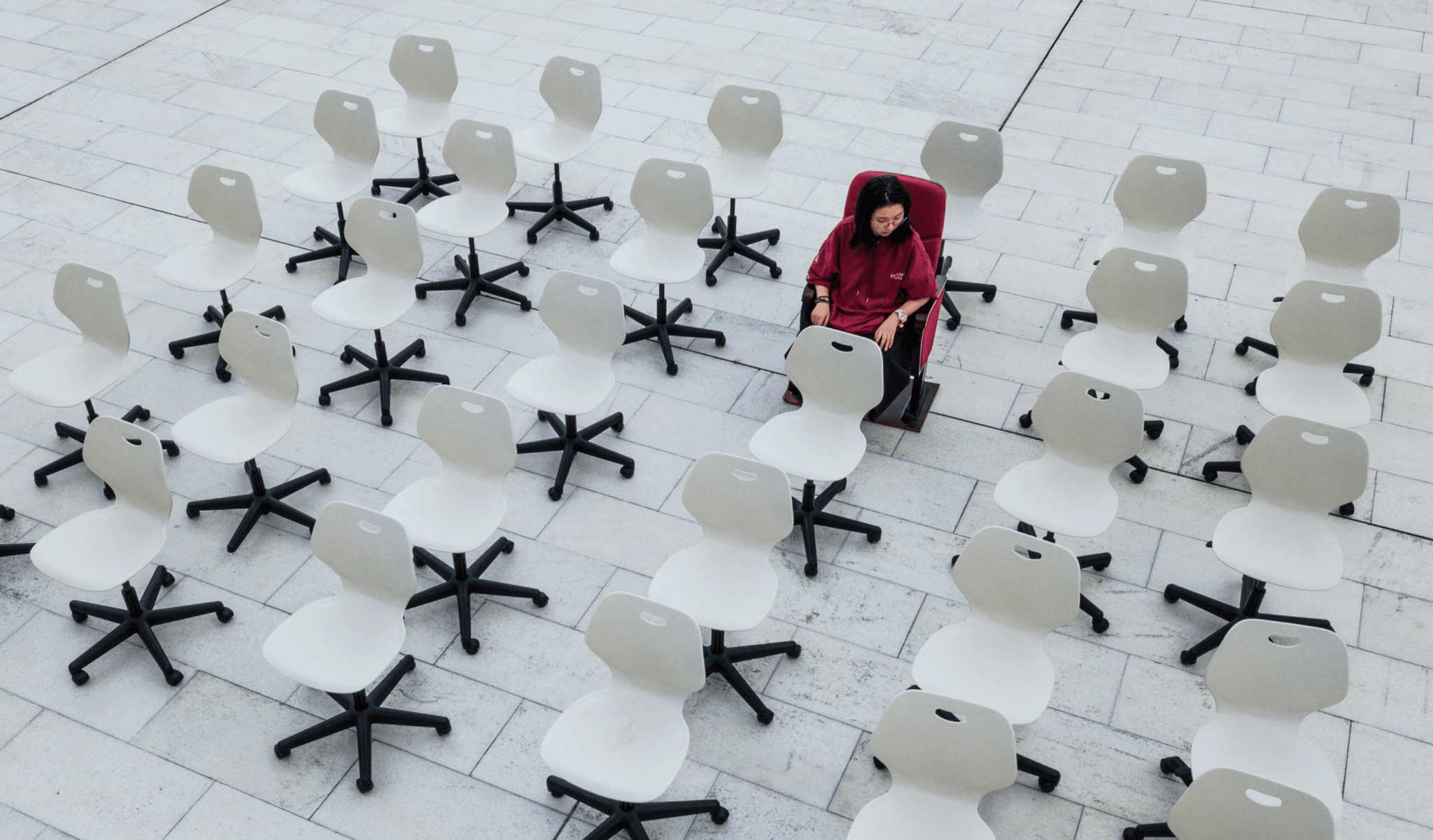We caught up with the brilliant and insightful Jane Jian Su a few weeks ago and have shared our conversation below.
Hi Jane Jian, thanks for joining us today. Can you talk to us about a project that’s meant a lot to you?
One of the most meaningful projects I’ve worked on is Two for One, a multimedia performance I conceived, directed, and designed. It began in Berlin as a workshop and has since grown into a larger production that I’m now bringing to New York as part of in-version ensemble’s 2025 summer season, “Memory and Entanglement”, which I co-curated.
At its core, Two for One explores the entanglement of mother and daughter—grief, control, longing, and the inherited trauma passed across generations. I was deeply drawn to Mala Emde’s original poetic script and knew I wanted to translate her haunting text into a visual language that spoke across cultural and historical boundaries. The metaphor of the “spider mother” runs through the piece—a maternal figure both protective and predatory, spun out of myth, memory, and silence.
This project is meaningful to me not only for its emotional intensity, but also because it allowed me to fully articulate my directorial and design voice. I’m interested in how power functions not only through systems, but through love itself—how affection can become a form of surveillance, and how the domestic space can replicate forms of control we usually associate with the state. I use digital screens, surveillance aesthetics, and projection not just as scenic elements, but as conceptual tools. In Two for One, a woman’s scream—an act of resistance—is captured, censored, and aestheticized. That tension—between agency and erasure, between spectacle and intimacy—is where my work lives.
The development process in Berlin was a turning point. Working closely with Mala and our collaborators, I learned how to hold space for cultural specificity while bringing in my own perspective—shaped by my East Asian upbringing and research into cross-cultural maternal mythologies. We found unexpected resonance in images like the Mexican spider mother textile or Louise Bourgeois’s Maman, weaving them into the piece’s visual fabric. I also began to think more deeply about what I now call the dramaturgy of technology—how machines onstage (cameras, projectors, surveillance feeds) don’t just serve a function but carry their own ideology. They interrupt. They dominate. They fall silent. Like the systems we live under.
This was also a highly collaborative project, especially with Berlin-based immigrant artists. As a designer, I was embedded in the rehearsal room—not just delivering visuals, but shaping the conceptual world from which the movement and staging emerged. It was a devised process where everyone’s contributions were in conversation, not hierarchy.
Now, in New York, I’m continuing to develop a new version of Two for One with in-version ensemble. What excites me most is watching the work evolve, as more voices join in, but always returning to that central core: the mother-daughter complex as a shared emotional language. It’s a story that transcends borders and speaks to the desire for liberation from inherited ideologies.
We’ll be premiering the NYC version at The Tank on August 9th at 9:30 PM—and I can’t wait to share this ongoing exploration of memory, intimacy, and control with new audiences.
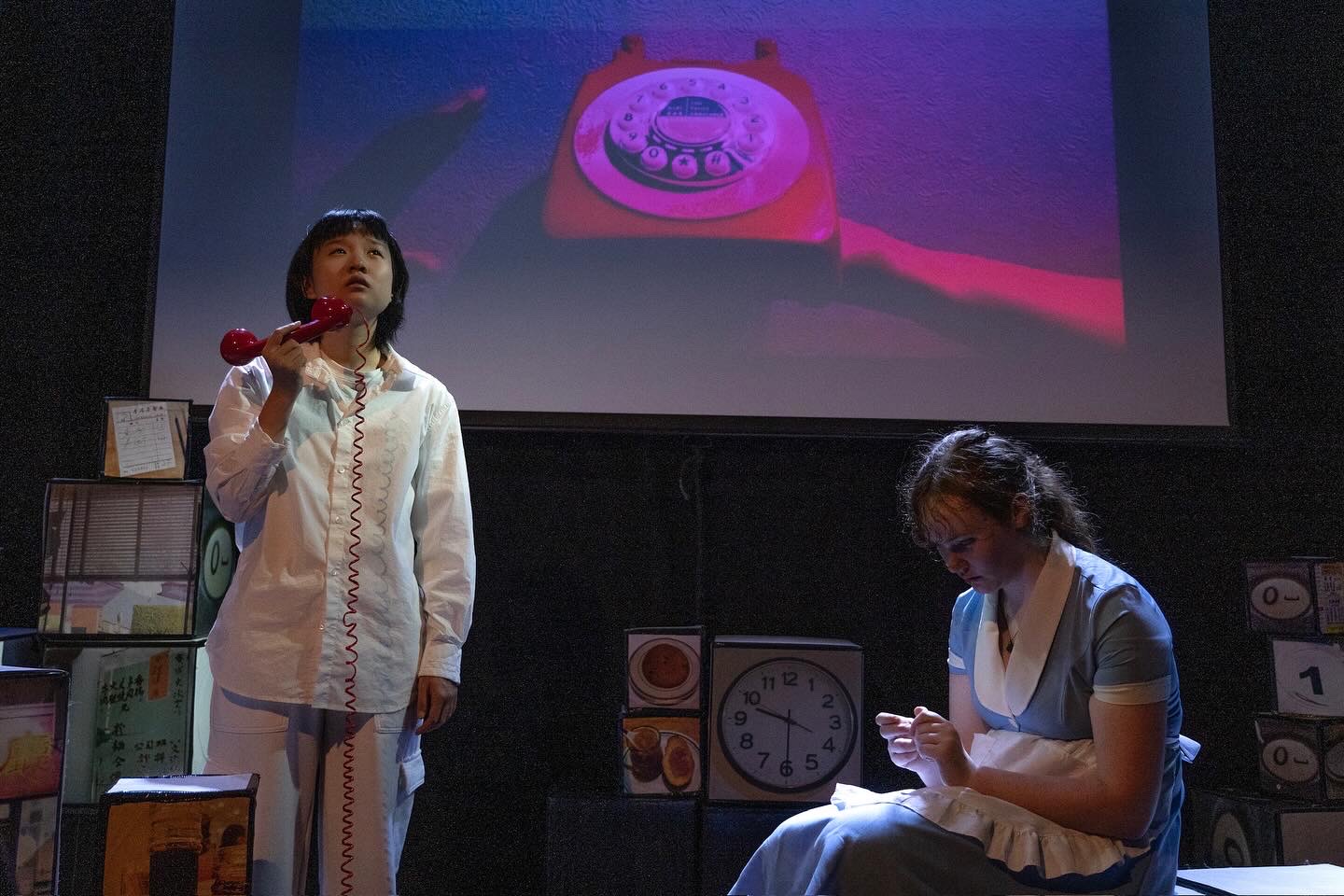
Jane Jian, love having you share your insights with us. Before we ask you more questions, maybe you can take a moment to introduce yourself to our readers who might have missed our earlier conversations?
I’m Jane Jian Su, a performance maker, media designer, and co-founder of in-version ensemble, a New York-based collective for experimental theater and interdisciplinary performance. My background is in research-based design, and I primarily work at the intersection of scenography, media art, and directing. Whether I’m embedding interactive video into a sculptural installation or crafting sensory landscapes for devised theater, I’m drawn to projects that feel displaced, dreamlike, and emotionally disorienting—in the best way. I want my work to make people feel both held and haunted.
My practice is shaped by movement—across borders, languages, and forms. I’m a foreign-born artist working between continents, often grappling with cultural opacity, fractured identities, and the lingering residue of ideology. For me, art isn’t about clarity; it’s about embracing complexity. That’s why I often lean into ambiguity, using space, screens, and bodies to question memory, power, and the things we inherit without consent.
At in-version ensemble, we build performances that don’t fit neatly into categories. We started in 2024 as a group of theater-makers, visual artists, and writers who wanted to create work that redefines who gets to be at the center of a story. Our ensemble embraces multilingual processes, messy collaboration, and the tension between the scripted and the spontaneous. We’ve created projects like Fish in the Tank (2025, LA and NYC), Vanishing (2024, Edinburgh and beyond), and Two for One (2024–25, Berlin to NYC), all of which explore themes of memory, migration, and intimacy in unconventional ways.
Our Vanishing series is a good example. It began as a trilingual devised piece about two women afraid of disappearing, and evolved into Vanishing 2.0, a participatory cooking show exploring diaspora through food. We’re currently developing Vanishing 3.0, which involves collecting discarded objects from immigrant households in Queens and transforming them into object-based performances. It’s a slow, community-driven process, and that’s the point—we want to create work that grows from real relationships, not abstract ideas.
What sets us apart isn’t just our aesthetic, but our structure. As an ensemble, we’re invested in more than making shows. On the production side, we help artists access global resources—residencies, grants, international venues—that are often hidden behind language or logistical barriers. On the creative side, we ditch the traditional theater model. Instead of renting black box spaces and licensing plays, we work in garages, parks, and warehouses, building performances from the ground up using the materials, stories, and textures already around us.
Our goal is to create sustainable, non-extractive practices that don’t just make art, but rethink how art gets made. Supported by Berkshire EforAll and fiscally sponsored by Fractured Atlas, in-version ensemble is more than a company—it’s a growing ecosystem for artists who want to make bold, strange, and necessary work across borders. What I’m most proud of is that we’ve built something that refuses to settle for the easy answer. We’re here to ask the harder questions—and to keep asking them, together.
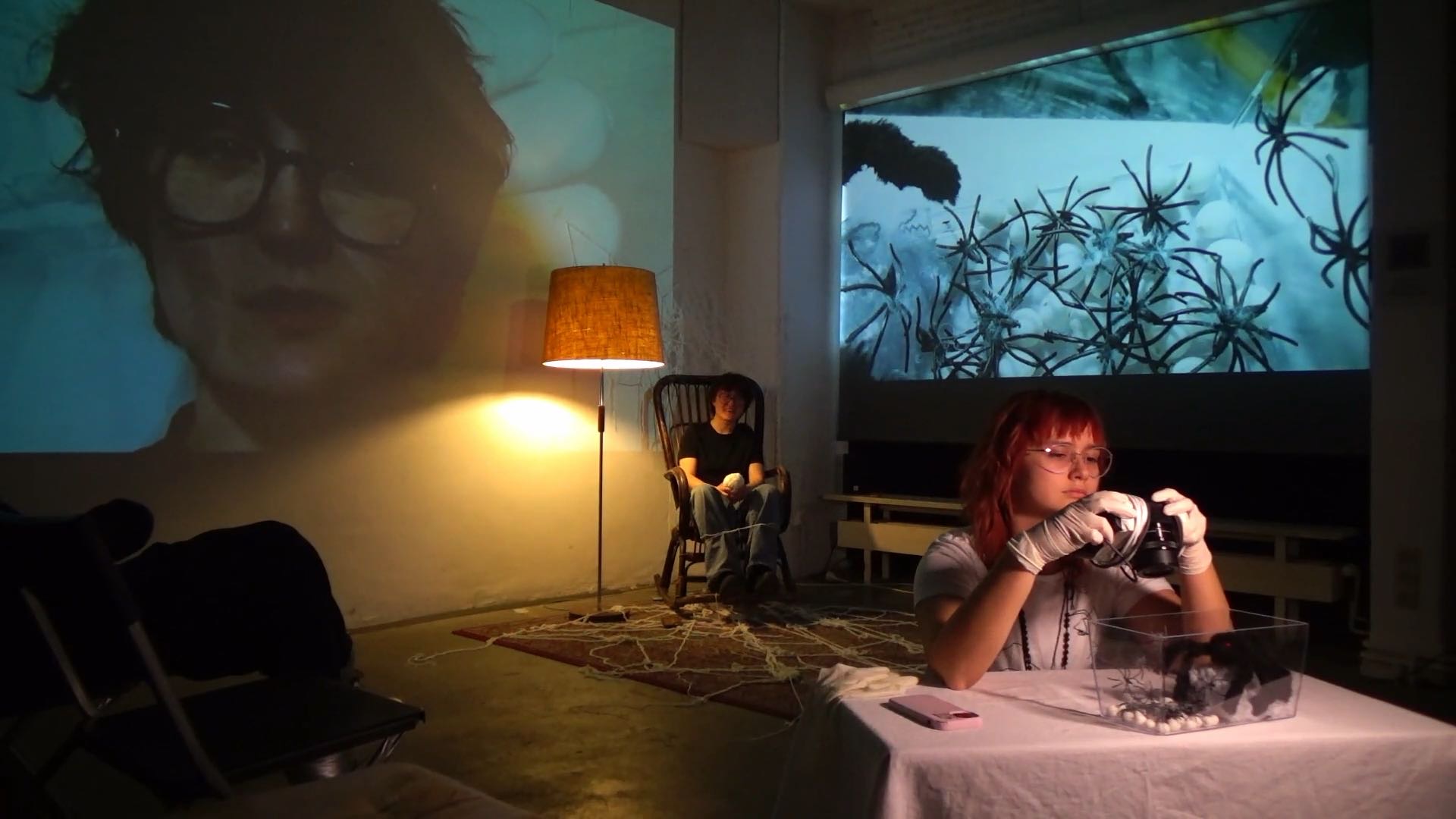
What do you think is the goal or mission that drives your creative journey?
At the heart of my creative journey is a commitment to staying with the opacity—to resist the urge to simplify, translate, or explain away what is culturally complex or emotionally unresolved. As a foreign-born artist, I embrace being “the other” as a generative position. I don’t want my work to assimilate into dominant narratives. I want it to hold space for contradiction, fragmentation, and estrangement.
Visually, I lean toward creating total environments—performances where digital media, scenography, text, and sound converge into one immersive experience. I think of my work as existing between visual art and performance, always pushing toward a heightened, charged aesthetic that envelops the audience and then makes them question what they’ve entered.
As the artistic director of in-version ensemble, my mission is to redefine center and periphery—artistically, culturally, and structurally. That means challenging the norms of who gets to tell stories, in what language, and on what kind of stage. But during the making of our recent NYC production of Two for One, I realized something deeper: being an artistic director isn’t just about leading a project—it’s about crafting a space where people feel safe enough to express themselves, take risks, and be vulnerable. That’s a huge responsibility.
On the show level, I design conceptual frameworks—like the “spider mother” metaphor in Two for One—that are rich and open-ended enough for everyone in the room to bring in their own experiences, even if they come from wildly different places. As a producing director, I extend that care into the structure of the company itself. I work to secure stipends, rehearsal spaces, mental health support, and artist networks for our collaborators. I don’t just organize ideas—I connect people, and then try to make sure those connections have the resources to thrive.
At a time when artistic labor is increasingly undervalued, I believe that sustainable collaboration is a radical act. And I believe that the more people we’re connected to, the more confident we become in using our voices. Building that kind of interconnected artistic community—one that isn’t extractive or hierarchical—isn’t just my mission. It’s the future I want to live in.
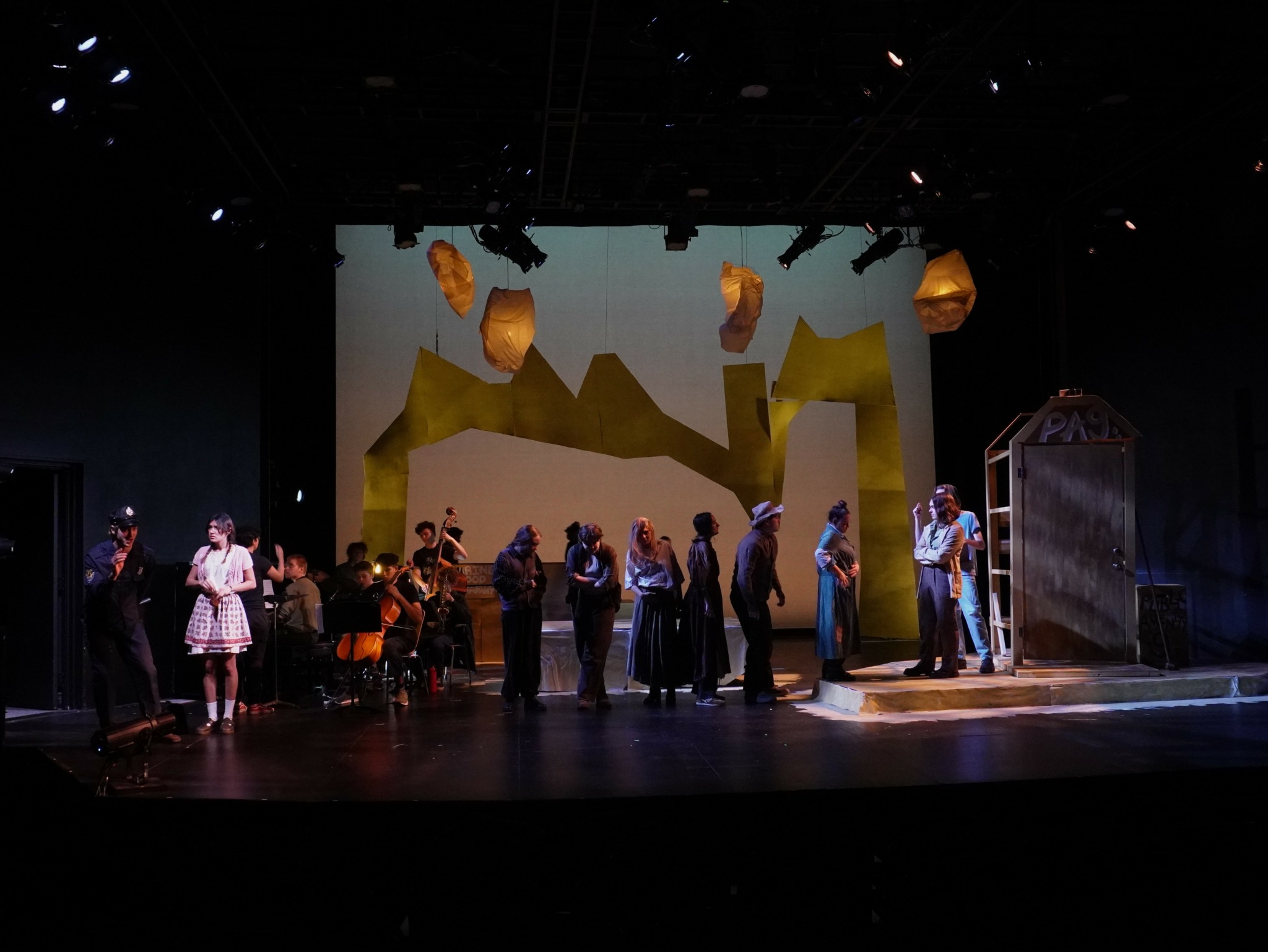
Is there something you think non-creatives will struggle to understand about your journey as a creative? Maybe you can provide some insight – you never know who might benefit from the enlightenment.
Absolutely—and I think one of the biggest misunderstandings is how much artists today are being asked to live double lives. On the one hand, we’re expected to run like a business—to pitch, fundraise, market, scale. Especially in the nonprofit performance world, there’s growing pressure to speak the language of growth and impact, to justify your work in economic or social service terms. But that often flattens what we’re actually trying to do. Theater isn’t just a tool for community uplift or a line item in a budget report. It’s an art form rooted in risk, ambiguity, contradiction. That can’t always be quantified—and it shouldn’t have to be.
On the other hand, creatives are expected to brand ourselves constantly. It’s not enough to make the work—we have to turn ourselves into the product. We have to post, package, explain, and sell. It’s exhausting. In today’s market, artists are both the merchants and the merchandise. That’s a weird and vulnerable position to be in. We’re asked to reveal deeply personal truths onstage, and then immediately spin those truths into a digestible, clickable identity.
I think what’s hard to explain to non-creatives is how much this dual burden—of making meaningful work while constantly proving its value to the outside world—can drain the very spirit that drives us. But I also think we’re finding new ways to resist that pressure: by building collectives, sharing resources, and carving out space for work that’s not always slick, sellable, or easy to categorize. That’s the kind of art I believe in. It might not always fit into a business pitch—but it’s what keeps me, and many others, going.
Contact Info:
- Website: https://www.sujian.org
- Instagram: https://www.instagram.com/jane.notanartpage/
- Linkedin: https://www.linkedin.com/in/jane-su-dd123/
- Other: My theater collective’s instagram: https://www.instagram.com/in_version_ensemble/

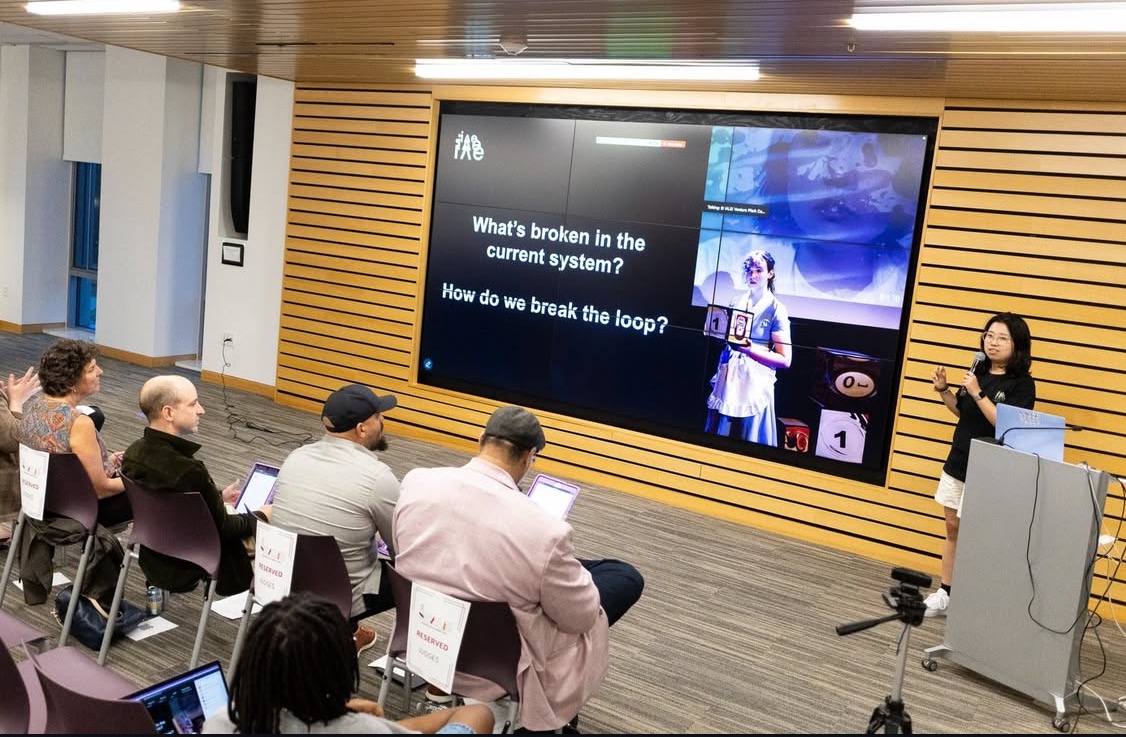
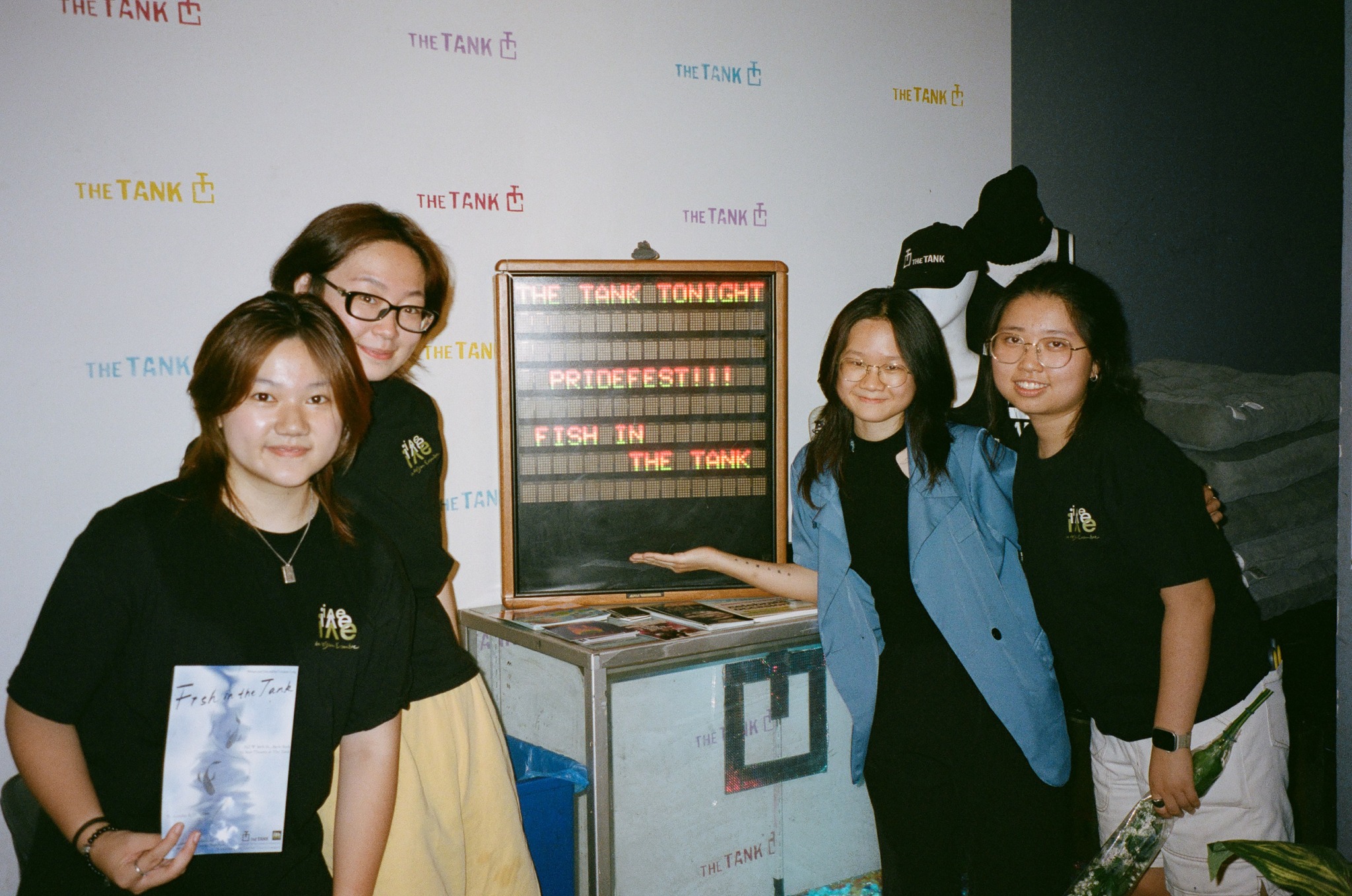
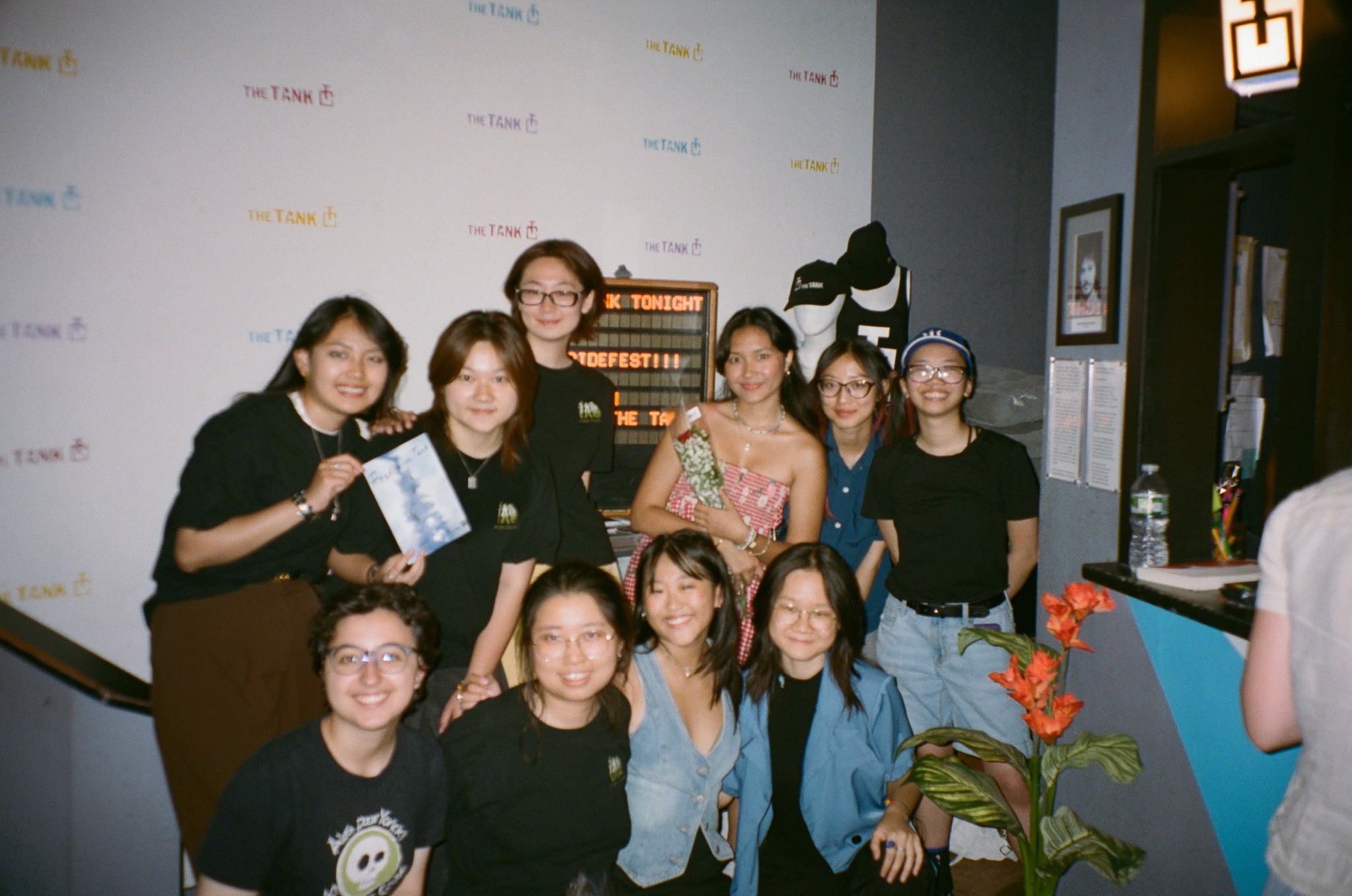
Image Credits
Ziwei Chen, Ruby Yiqi Wang


